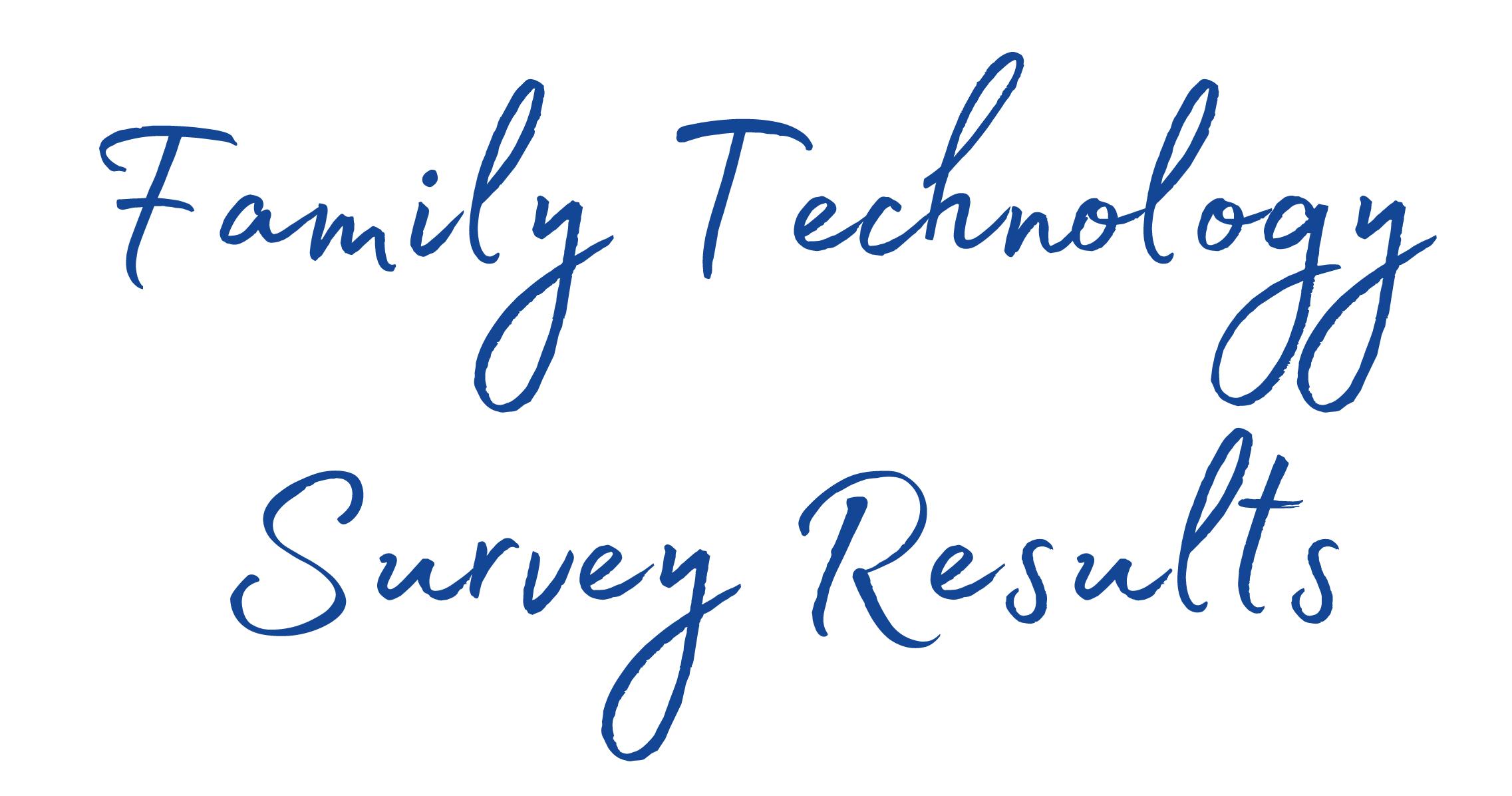
Our recent survey was centered on student use of electronic devices for educational purposes. Participants also shared insights about their overall satisfaction with school-provided tools. Here’s an overview of the findings:
1. Schools and Grades
2. Electronic Devices and Internet Access
Device Ownership: 92% of households own four or more electronic devices. Clearly, technology is ubiquitous in our community.
Internet Connectivity: Almost every household enjoys a reliable internet connection—a whopping 99% of households. The preferred type? Fiber Optic, favored by 46% of respondents.
3. Usage of Electronic Devices for Education
Daily Device Use: Children dedicate 1-2 hours per day to educational tasks on their electronic devices.
School-Provided Devices: 75% of children rely on school-provided devices as their primary instructional tool.
4. Satisfaction with School-Provided Devices
Mixed Sentiments: The majority of participants, 59%, express satisfaction with the schoolprovided Chromebooks while 27% were neutral.
Dissatisfaction: 14% of participants voiced dissatisfaction with the school-provided Chromebooks.
Areas for Further Investigation
Chromebook Concerns: We must explore why some parents and students are dissatisfied with the school-provided Chromebooks. Is it functionality, performance, or compatibility? 1.
Internet Impact: Investigating how the type of internet connection affects the child’s educational experience is essential. Does Fiber Optic truly enhance learning? 2. Device Disengagement: Understanding why 15% of children abstain from using electronic devices for educational purposes at home warrants exploration. Are there barriers we need to address?
In summary, our community’s educational landscape thrives on technology, but challenges persist. By addressing these areas of concern, we can ensure a more enriching learning experience for our children.

